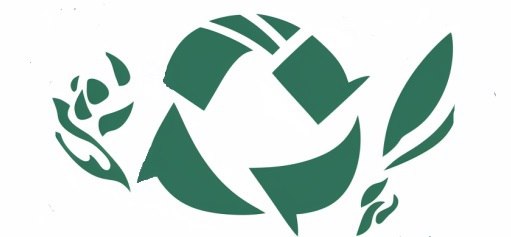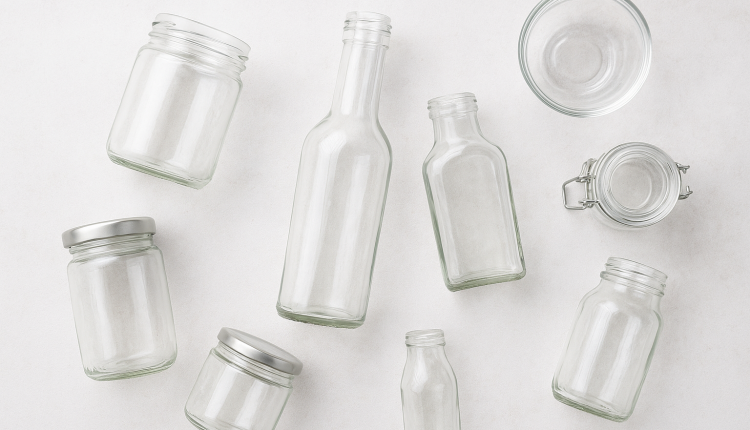- Advertisement -
Glass is one of the most remarkable materials humans have ever created. It’s durable, endlessly reusable, and—unlike many other materials—infinitely recyclable without losing quality. Yet despite this, tons of glass still end up in landfills every year. The reason? Misconceptions about what kinds can be recycled, outdated sorting systems, contamination issues, and lack of public awareness.
This article explores modern glass-recycling technologies, the surprising limitations behind them, and what individuals can realistically do to improve recycling outcomes at home and in their communities.
Why Glass Is (Technically) the Perfect Recyclable Material
Unlike plastic or paper, glass doesn’t degrade when it’s melted and reshaped. A glass bottle can become another glass bottle over and over again, maintaining its strength, clarity, and purity. Recycling glass also:
- cuts energy use by up to 30% compared to creating new glass
- reduces mining of sand, soda ash, and limestone
- lowers CO₂ emissions from manufacturing
- keeps non-biodegradable waste out of landfills
But the reality is that many glass items don’t make it into this perfect circle. Understanding why requires a closer look at modern recycling systems.
Why Some Glass Isn’t Accepted in Recycling Bins
Not all glass is created equal. Different types are made with different chemical compositions and melting points. Mixing them can ruin entire recycling batches.
Accepted Glass (Most Common)
These can almost always go in your curbside bin:
- Glass beverage bottles (wine, beer, soda)
- Glass food jars (sauces, jams, pickles)
These are all made from container glass, a specific formula designed for mass recycling.
Not Accepted Glass (And Why)
1. Tempered or Heat-Resistant Glass
Includes:
- oven-safe dishes
- Pyrex
- heatproof bowls
These items melt at much higher temperatures than bottles. If mixed with regular glass, they create hard chunks that can crack or weaken new bottles during manufacturing.
2. Ceramic and Porcelain
Coffee mugs, plates, tiles—none of these are recyclable with normal glass. They don’t melt; they simply contaminate batches.
3. Mirrors and Window Glass
These often have:
- coatings
- films
- laminations
- different chemical properties
All of which disrupt the melting process.
4. Light Bulbs
LEDs, fluorescents, and halogens all require specialized recycling because they may contain metals, gases, or electronic components.
5. Glass with Food or Chemical Residue
While glass doesn’t absorb contamination the way plastic does, leftover materials can interfere with processing or attract pests during sorting.
How Modern Glass Recycling Actually Works
1. Collection
Glass is gathered through:
- curbside bins
- drop-off centers
- commercial collection programs
- specialized glass-only containers
Single-stream recycling (where all materials mix together) often results in broken glass, contamination, and wasted potential. Communities with glass-only bins have much higher recycling success rates.
2. Sorting
Advanced systems now use:
- optical sorters
- air jets
- vibration tables
- magnets (for lids and caps)
These separate glass by color and remove metals, paper, plastics, and ceramics.
3. Crushing
Clean glass is turned into cullet—small shards used as raw material for new glass.
The higher the cullet quality, the lower the energy consumption during melting.
4. Melting & Remanufacturing
Cullet is heated to over 1400°C and turned into new products:
- beverage bottles
- food jars
- fiberglass insulation
- decorative items
- construction materials
The more cullet manufacturers use, the greener the process becomes.
Where Recycled Glass Actually Goes
Contrary to popular belief, recycled glass doesn’t always come back as bottles.
Most Common Uses Today:
- Fiberglass insulation (a huge consumer of cullet)
- Glass beads for reflective road paint
- Filter media for pools and water systems
- Abrasive blasting material
- Construction aggregate for roads and foundations
This “downcycling” is still environmentally valuable, but it means fewer bottles return as bottles.
Communities with excellent sorting systems can achieve higher bottle-to-bottle recycling rates.
Why Some Cities Have Reduced or Paused Glass Recycling
Glass is heavy, breaks easily, and is expensive to transport. Cities with long distances between recycling centers may temporarily halt programs because:
- transportation costs outweigh environmental benefits
- mixed-stream systems produce low-quality cullet
- markets for recycled glass fluctuate
- equipment for sorting and cleaning is costly
The good news: more regions are now reintroducing glass-specific collection or partnering with private processors to improve recycling efficiency.
How You Can Improve Glass Recycling at Home
Even small habits dramatically increase recyclability:
1. Rinse jars and bottles lightly
Not spotless—just free of major food or oil residues.
2. Remove lids and caps
Metal lids are recyclable separately; plastic ones vary by region.
3. Sort by type
If your area provides:
- glass-only bins
- color-separated bins
Use them—they produce cleaner cullet.
4. Never recycle:
- ceramics
- light bulbs
- mirrors
- heat-resistant cookware
- glass with coating or tinting (varies by region)
5. Reuse before recycling
Glass jars make great:
- pantry containers
- candle holders
- small vases
- craft storage
- leftover organizers
Reuse extends the glass life cycle even further.
The Future of Glass Recycling
Innovations in 2025 and beyond include:
- AI-driven robotic sorters that reduce contamination
- decentralized micro-recycling centers for local cullet production
- new chemical processes to purify mixed glass streams
- bottle return incentives expanding in more countries
- lightweight bottle designs to cut transportation emissions
As these technologies spread, glass recycling will become more circular, efficient, and accessible.
Final Thoughts
Glass is one of the most sustainable materials humanity uses daily—but only if we recycle it correctly. Understanding what can be recycled, what cannot, and why certain rules exist helps us make better decisions and reduce waste in meaningful ways.
By improving household habits, supporting community recycling programs, and learning the differences among glass types, we can ensure that this endlessly reusable resource stays in the loop—and out of our landfills.

